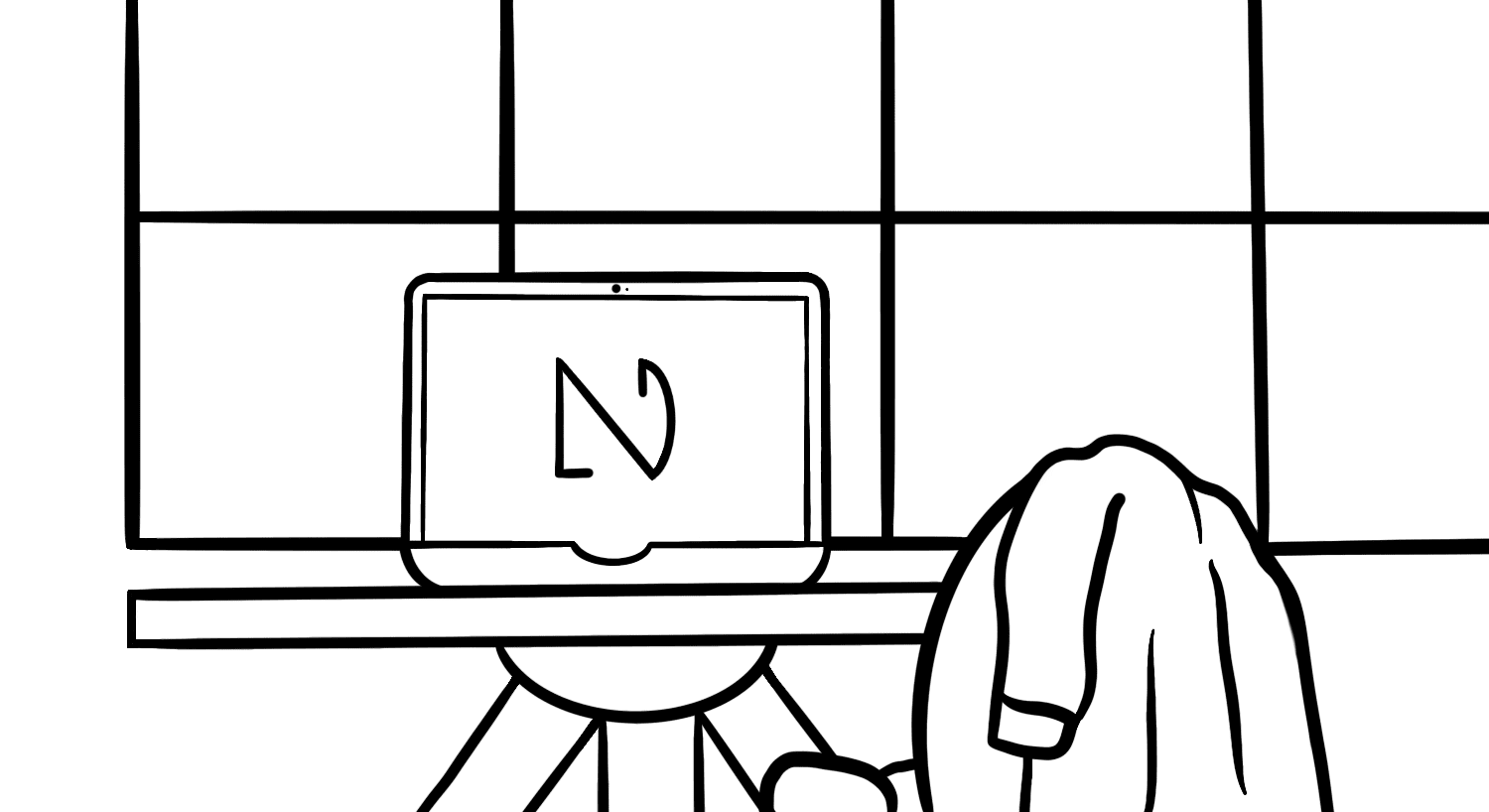What is NVDA (Nonvisual Desktop Access)?
NVDA is a type of screen reader, primarily used by blind Windows users in their home environments.


NVDA (Nonvisual Desktop Access) defined:
NVDA, an acronym for Nonvisual Desktop Access, is an open-source screen reader originally released in 2006 by blind programmer Michael Curran. As an open-source project, many of the contributors to the software are blind themselves, making NVDA unique in the screen reader market because itÕs one of the only solutions developed both by and for blind users. As well, its open-source license and philosophy means that it has frequently worked closely in partnership with Mozilla, enabling NVDA to provide first-class access to the Firefox web browser.
NVDA focuses on closely and correctly following accessibility standards (like IAccessible2 and WCAG), provides excellent web access, and has leading support for many tools used by blind programmers. NVDA can also be extended with addons, to add new features or improve support for inaccessible software by anyone who is familiar with the Python 3 programming language.
Unfortunately, as an open-source project primarily funded by donations, NVDA prioritizes support for commonly used programs, and often lacks support for specialized or legacy software. Its GPL license can also cause security and legal concerns in corporate environments. For this reason, while NVDA is a leading screen reader in the home environment, it is far less commonly found in the workplace and other corporate or regulated environments. On a good note for home users though, NVDA includes translations into 48 different languages, including text-to-speech and Braille support, making it the most localized screen reader currently available.
Want to learn more about assistive technology?
By subscribing to Fable Insights, you'll get regular access to content created from the thoughts of our community of people with disabilities.

Related terms
Learn more
NV Access (opens in new window)
Home | NVDA Add-ons Directory (nvda-addons.org) (opens in new window)
NVDACon - Home of the free NVDA screen reader International Conference (opens in new window)
Página de inicio - NVDA en español
NV Access awarded Mozilla grant to improve NVDA | Media Access Australia
